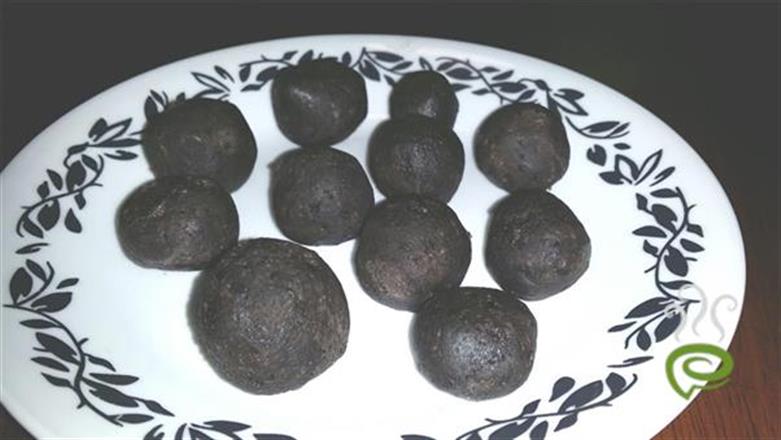All Purpose Flour
SCIENTIFIC NAME :
Triticum Aestivum
MEDICINAL VALUE :
Has high antioxidant capabilities.
NUTRIENT VALUE :
Has only carbohydrates and no nutrients
CULINERY AND OTHER VALUES :
Flour is used for making bread, baked goods, pastry and pasta products. In addition, it is mixed with other feeds and given to livestock.
GLOSSARY :
-
- English : All Purpose Flour
- Tamil : Maida Maavu
- Malayalam : Maida Mavu
- Telugu : Maida Pindi
- Kannada : Maida Hittu
- Hindi : Maida
- Bengali : Maida
- Gujarati : Mando
- Konkani : Maida
- Marathi : Maida
- Oriya : Maida
Recipes with All Purpose Flour:
1) pallada
2) eggs with all purpose flour
3) chocolate balls
.
The Ultimate Guide to All-Purpose Flour: Your Baking Essential
Whether you’re an experienced baker or just starting out, all-purpose flour is a staple you’ve likely reached for time and again. Known for its versatility, all-purpose flour is the secret behind countless recipes, from fluffy bread to delicate pastries. But what exactly is all-purpose flour, and how can you make the most out of it in your baking endeavors? This guide delves deep into the world of all-purpose flour, answering your top questions and offering tips to enhance your baking.
What is All-Purpose Flour?
All-purpose flour, a key ingredient in kitchens worldwide, is a wheat flour that strikes a perfect balance between soft and hard flours. Its moderate protein content, typically ranging from 9% to 12%, makes it incredibly versatile, suitable for a wide range of baked goods.
Why Choose All-Purpose Flour for Baking?
The beauty of all-purpose flour lies in its versatility. Whether you’re baking bread, cakes, cookies, or muffins, its balanced protein content ensures a desirable texture in your baked goods. But what sets it apart from other types of flour like bread flour, cake flour, or pastry flour? It’s all about the protein content. All-purpose flour is meticulously designed to perform well in a variety of baking and cooking scenarios, making it a must-have in any pantry.
How to Store All-Purpose Flour?
Proper storage of all-purpose flour is crucial for maintaining its freshness and extending its shelf life. Store your flour in an airtight container in a cool, dry place. If you plan to keep it for an extended period, consider storing it in the refrigerator or freezer, ensuring it’s well-sealed to prevent moisture and odors from affecting its quality.
Can All-Purpose Flour Be Substituted for Bread or Cake Flour?
In the world of baking, adaptation is key. While all-purpose flour can substitute for bread or cake flour in many recipes, it’s essential to understand the impact on texture and structure. When substituting for cake flour, add two tablespoons of cornstarch per cup of all-purpose flour to mimic the lower protein content of cake flour. For bread flour, which has a higher protein content, there’s no direct substitute, but all-purpose flour can still produce satisfactory results in many bread recipes.
Tips for Baking with All-Purpose Flour
- Measuring Flour Accurately: For consistent results, spoon the flour into a measuring cup and level it off with a knife. Avoid scooping directly with the cup to prevent packing and inaccurate measurements.
- Sifting Flour: Sifting all-purpose flour with other dry ingredients can incorporate air, resulting in lighter, fluffier baked goods.
- Moisture Content: Depending on your location’s humidity, the moisture content in your flour can vary. Be prepared to slightly adjust liquid amounts in recipes to achieve the desired dough or batter consistency.
Conclusion
All-purpose flour is, without a doubt, an indispensable component of both savory cooking and baking. Its balanced blend of hard and soft wheat varieties equips it to handle a vast array of recipes, making it a reliable and essential ingredient. Whether you’re whipping up a simple sauce or an elaborate pastry, all-purpose flour is up to the task, promising delicious results that cater to a variety of tastes and textures.
By understanding its properties, storage needs, and how it compares to other flours, you can optimize your use of all-purpose flour and elevate your culinary creations to new heights.

Guacamole | Avocado Guacamole

Chicken Nuggets Sandwich | Homemade Chicken Nuggets Sandwich

Malabar Beef Samosa | Kerala Beef Samosa

Cashew Rice Balls | Cashew Rice Snacks

Guacamole | Avocado Guacamole

Chicken Nuggets Sandwich | Homemade Chicken Nuggets Sandwich

Malabar Beef Samosa | Kerala Beef Samosa









All-purpose flour is key in many Kerala recipes. Discover how it enhances various dishes!